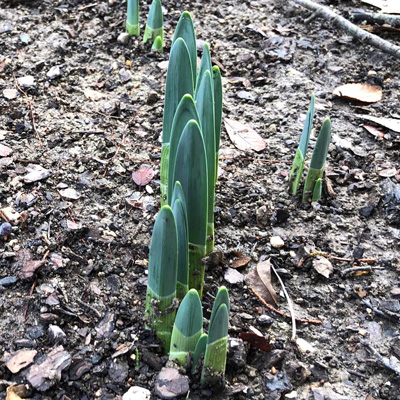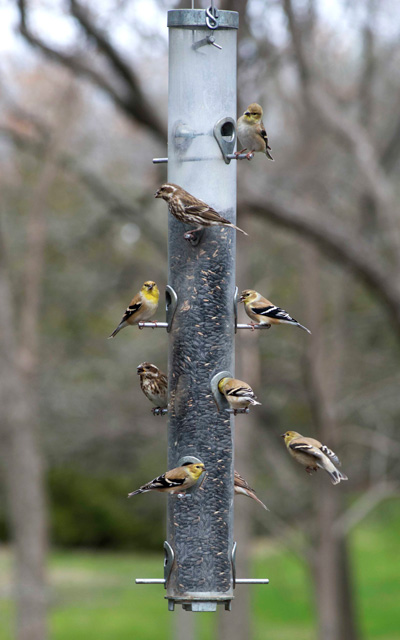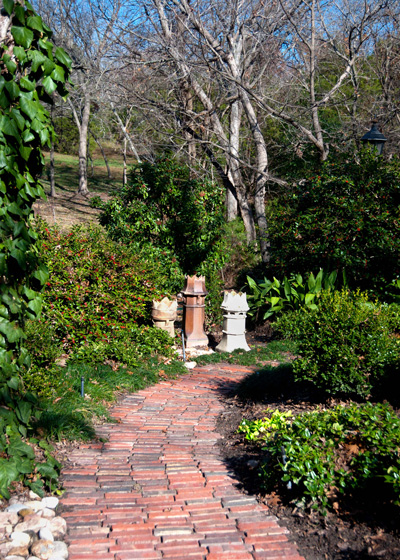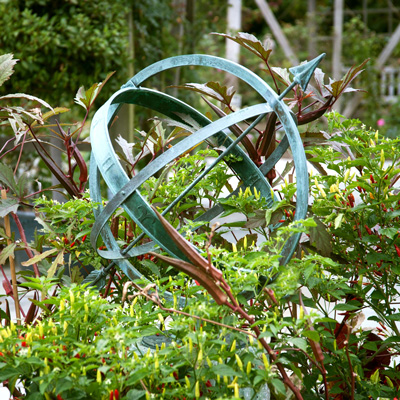Measures of Time in the Garden

Ways we gardeners can determine the time and the seasons…
• Our plants are our prime means of determining the seasons. You can look out a window and get a pretty good idea of the time of year just by observing the plants. First jonquils of spring (leaves beginning to emerge already). Aroma of violets. The heat-proof beauty of daylilies and crape myrtles. Spider lilies, mums and other fall color. Berries of the wintertime. They’re all benchmark measures of the seasons.

• Changing of the birds at our feeders and in our landscapes and the nesting of birds in our shrubs and trees are guidelines of the season. The migration of birds will identify the season. Goldfinches and others head south in the winter. By early spring, they’re heading back north. Serious birders know the calls of hundreds of bird species. If you’re unsure, download the incredible and free Merlin app. It will identify them for you.
• Daylight into the evenings. Daylight when you get up in the morning. Longer days will tell us the growing season is nearing. Many folks who have lived in the tropics tell you that the lack of seasonality, including the sameness of the lengths of the days, can become monotonous. We here in Texas have just about the right blend.

• Color of the daylight. There is a purity of sunlight in the wintertime. Photographers and other artists will tell you that winter light tends toward rich yellows and oranges. Summer light, filtered by shade and bounced from wispy summer clouds and hazy blue skies, takes on more of a cool bluish-green color. (Such a shame that it doesn’t translate into cooler temperatures in summer.)

• Shadow direction and length. One of my favorite sights in our rural landscape is across our creek and onto the adjoining hillside. Magnificent old pecans dot the natural landscape. Early each sunny winter and early spring morning those old trees’ trunks act as giant wooden gnomons casting their long shadows across the slope.

• Sundials. To this point, most of our references to time in the garden have been esoteric. This one is graphic. It’s our oldest man-made means of telling the time, but it has become a form of garden art. Sundials come in all manners and modes, from horizontal flat dials to handsome round armillary pieces, even vertical dials that hang from south-facing walls. One Texas landscape architect friend has built sundials in parks where you become the gnomon. You stand on a specific rock, only to notice that your shadow is telling the time.
